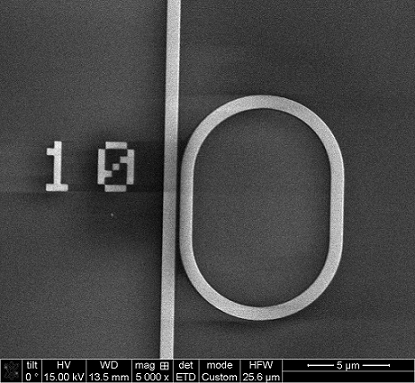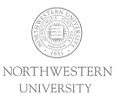On-Chip Optical Resonators for Astrophotonics
-
The ability to modulate and tune optical signals in the frequency spectrum is a core technology enabling both current and next-generation telecommunications1. One of the key components in this framework is an optical filter. One of the workhorses of photonics research is the silicon-bsaed axisymmetric resonator, which offers a highly controllable material platform with sharp resonance features that interfaces with the opto-electronics architectures of the silicon industry. With designs ranging from exceptionally high quality microtoroids to the entirely lithographically patterned ring resonator, the silicon photonics platform offers tools for tailoring optical resonators with freedom to vary and to optimize materials, structure, dimensions, interconnections, electronic response, and optical response. The silicon-based platforms therefore make the backbone of photonics applications.
One promising application of silicon-based photonics is in enhancing infrared astrophysics observations. The quality of data observed from sky in infrared range is severely undermined by the presence of atmospheric OH molecule emissions, which are characterized by several spikes at known wavelength2. Tunable silicon based ring resonator systems can be used to filter out the OH emissions, making the observation from ground-based telescopes comparable in data quality with space-based telescopes. -
Although the theoretical underpinnings of ring resonator filters have been understood for many years, repeatable fabrication is not often studied due to equipment limitations. With expertise interfacing silicon-based photonics with atoms and tunable nanomaterials3,4 (Fig. 1), the Stern Group has teamed with Argonne National Laboratory and the Australian Astronomical Observatory in a collaboration to iteratively design and test optical filtering devices for astrophotonics.
Current research is investigating photonic design, modeling, fabrication, and interconnects at the Center for Nanoscale Materials at Argonne National Laboratory to create tunable photonic filters to target relevant infrared lines polluting ground-based astronomical telescope observations. Various material and modulation approaches are being investigated and tested at Northwestern (Fig. 2) to create suitably optimized cascaded photonic circuits that achieve the required operational parameters to make ground-based infrared astronomy more sensitive and cost-effective.


- Y. Tanushi and S. Yokoyama.
“Compact multimode optical ring resonators for interconnection on silicon chips.”
Japanese Journal of Applied Physics, 46, 2364, (2007)
- P. W. Sullivan and R. A. Simcoe.
“A Calibrated Measurement of the Near IR Continuum Sky Brightness Using Magellan/FIRE.”
Publications of the Astronomical Society of the Pacific, 124, 1336, (2012)
- D. J. Alton, N. P. Stern, T. Aoki, H. Lee, E. Ostby, K. J. Vahala, and H. J. Kimble.
“Strong interactions of single atoms and photons near a dielectric boundary.”
Nature Physics, 7, 159-165, (2011)
- G. Wei, T. K. Stanev, D. A. Czaplewski, I. W. Jung, and N. P. Stern.
“Silicon-nitride photonic circuits interfaced with monolayer MoS2.”
Appl. Phys. Lett., 107, 091112, (2015)


